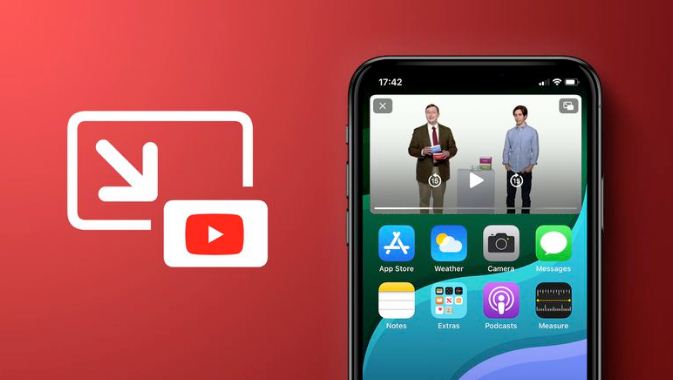Picture-in-Picture (PiP) has emerged as a beloved feature that offers users the convenience of watching videos while multitasking on their devices. YouTube, being a pioneer in online video streaming, has long been at the forefront of providing PiP functionality, primarily on Android devices. However, the accessibility of this feature for non-Premium users outside the United States has recently garnered attention due to signs of potential expansion into new territories, particularly in Europe. This development signals a significant shift in the platform’s strategy, as users beyond the US may soon enjoy PiP without the need for a Premium subscription. The latest news release reveals that YouTube’s free picture-in-picture mode.
The journey of PiP on YouTube has been marked by both inclusivity and exclusivity, reflecting the platform’s evolving approach to user experience. Initially, PiP was available to non-subscribing customers, offering a seamless viewing experience. Subsequently, restrictions were imposed, limiting PiP access to Premium subscribers in markets outside the US. This decision not only created disparity among users but also raised questions about the platform’s commitment to enhancing user engagement globally.
Recent reports suggest a potential transformation in YouTube’s PiP policy, with users in Europe already experiencing the feature on their devices without requiring a Premium subscription. This development holds promise for a more inclusive viewing experience, transcending geographical boundaries and offering a glimpse into a future where PiP could be a standard feature for all users worldwide.
Despite these positive indications, conflicting statements from YouTube’s official account, referencing the necessity of a Premium subscription for PiP outside the US, have created confusion among users. This discrepancy underscores the intricate balance between providing value-added features and monetizing premium services. As the platform navigates these challenges, transparency and clarity in communication will be essential to fostering trust and loyalty among its diverse user base.
Moreover, the issue of content accessibility for free users, particularly regarding music videos, poses another layer of complexity in the PiP landscape. While free users in the US have been granted PiP privileges, certain content restrictions remain, highlighting the delicate interplay between user rights and content licensing agreements. As YouTube continues to refine its PiP policies, addressing these content limitations will be crucial in ensuring a seamless and enriching viewing experience for all users.

